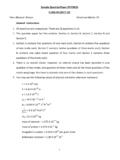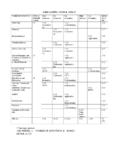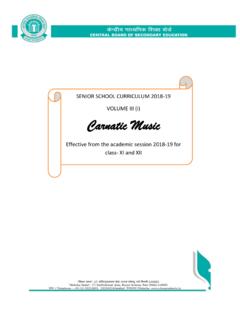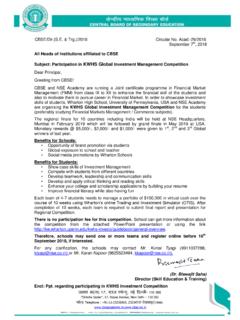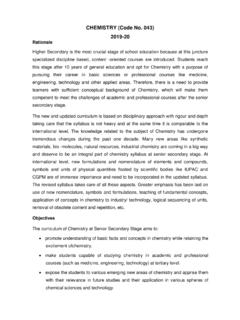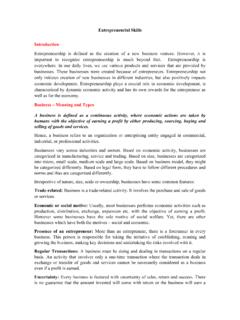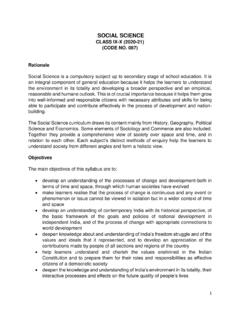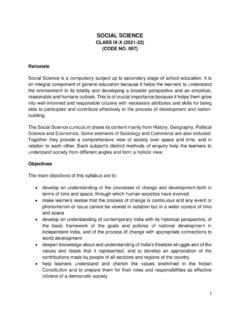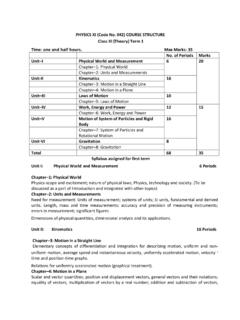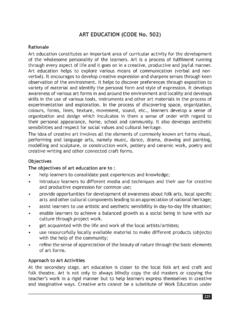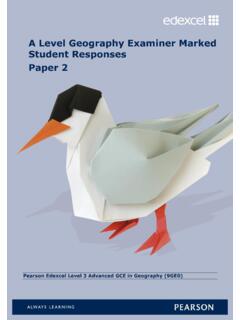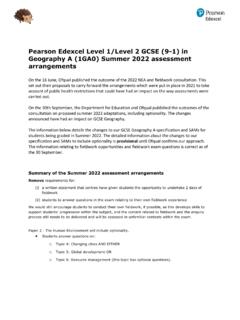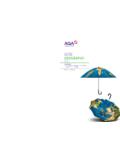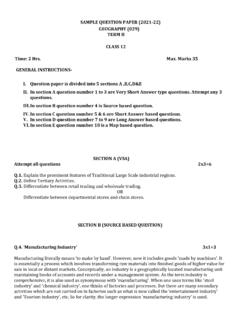Transcription of GEOGRAPHY (029) Sample Question Paper (Term1) 2021-22 ...
1 1 GEOGRAPHY (029) Sample Question Paper (Term1) 2021-22 Class - XII Time: 90 Minutes Max. Marks 35 GENERAL INSTRUCTIONS 1. The Question Paper contains three sections (A, B & C). 2. Section A has 24 questions. Attempt any 20 questions. 3. Section B has 24 questions. Attempt any 20 questions (Map Section ( 25-29) is mandatory to attempt). 4. Section C has 12 questions. Attempt any 10 questions. (First Part of C Section (Source based has 4 questions ( 49-52) and all need to be attempted). 5. All questions carry equal marks. 6. There is no negative marking. SECTION A There are 24 questions in this section. Attempt any 20 questions. 1. Which one of the following Union Territories has the highest density of population? a) NCT Delhi b) Andaman and Nicobar Island c) Chandigarh d) Puducherry 2. Arrange the following approaches in a sequential order according to their development.
2 Choose the correct option. 1. Spatial organization 2. Regional approach 3. Areal differentiation 4. Humanistic approach Options (a) 1 4 2 3 (b) 4 1 3 2 (c) 2 3 1 4 (d) 3 2 4 1 2 3. Panna, Para, Palli, Nagla and Dhani are examples of which of the following settlements? a) Clustered Settlements b) Semi-Clustered Settlements c) Dispersed Settlements d) Hamleted Settlements 4. Which of the following programs sponsored by central government aims at enabling the rural population to conserve water for drinking, irrigation, fisheries and afforestation? a) Arvary Pani Sansad b) Haryali c) Neeru-Meeru d) Narmada bachao 5. Population of India according to Occupation can be categorized into: a) Main workers, Marginal workers, Non workers b) Marginal workers, Household industrial workers, Non workers c) Agricultural labourers, Marginal workers, Non workers d) Cultivators, Main workers, Marginal workers 6.
3 Who among the following developed the concept of human development ? a) Ellen C. Semple b) Dr Mahbub-ul-haq c) Kanwar Sen d) Griffith Tailor 7. Which one of the following is not a plantation crop? a) Coffee b) Sugarcane c) Rubber d) Wheat 8. Which of the following best describes development ? a) An increase in size b) A constant in size c) A positive change in quality d) A simple change in quality 3 9. Which of the following programme is launched by the present Union Government for the cleaning of river Ganga? a) Ganga Action Plan b) Namami Gange c) Ganga Namami Action Plan d) Ganga Cleaning Mission 10. Which of the following mainly is not an industrial city? a. Bhilai b. Durgapur c. Chandigarh d. Barauni 11. Which one of the following is not a method of mining? a) Shaft mining b) Opencast mining c) Underground mining d) Refining 12.
4 According to census 2011, which of the following depicts the percentage of the level of urbanization in India? a) % b) 28 % c) % d) 26 % 13. According to Census of India, migration is enumerated on which of the following basis? a) Place of Origin b) Place of residence c) Place of Origin as well as Place of Residence d) Place of Birth 14. Through which of the following, functional relations establish between rural and urban areas? a) Through the means of transport and communications b) Through the supply of raw material c) Through the exchange of finished products in rural areas d) Through the consumption of products produced in rural areas 4 15. Coffee Plantations in Brazil are known as: a) Downs b) Campos c) Fazendas d) Pampas 16. Who among the following is related to capability approach ?
5 A) Dr Mahbub-ul-haq b) Prof Amartya Sen c) Malthus d) Ratzel 17. Which of the following areas of our country are deficient in rainfall and are drought prone? a) North- eastern states b) Deccan Plateau c) Gangetic Plain d) Brahmaputra valley 18. Which of the following colonial super power had monopoly over sugarcane plantation in Indonesia? a) British b) French c) Dutch d) Americans 19. Which of the following is a good example of Fort town? a) Jaipur b) Banaras c) Mathura d) Rameshwaram 20. Which one of the following concepts is related to Naturalization of Humans? a) Environmental Determinism b) Possiblism c) Humanism d) Neo-Determinism 21. Which one of the following is the main feature of rural settlement? 5 a) Derive economic needs from primary activities b) Derive economic needs from secondary activities c) Derive economic needs from tertiary activities d) Derive economic needs from quaternary activities 22.
6 Which of the following sectors has used the highest percentage of total water in India? a) Domestic b) Commerce c) Agriculture d) Industry 23. Who among the following has introduced the concept of Neo-determinism? a) Ratzel b) Griffith Taylor c) Allen d) Paul Vidal de la Blache 24. Which of the following attributes has not been adversely affected by Age and Skill selective migration? a) Downfall in working population in rural areas b) The whole burden of agricultural work has to be borne by the old population in rural areas. c) Only old people and women are left behind in the place of origin d) Balance in age and sex composition SECTION B (There are 24 questions in this section. Attempt any 20 questions.) Question no. 25-29 are based on map and are mandatory to attempt.
7 ( Visually Impaired students will also attempt MCQs ) 6 25. Choose the country with largest Geographical area in the African Continent. a). Algeria b).Sudan c). Egypt d). South Africa 26. Which one of the followings is a region of commercial grain farming practiced in Europe? a) Pampas b) Steppes c) Downs d) Prairies 27. Which one of the following is a region of North America practicing subsistence gathering? a) Great Lake b) Prairies c) North Canada d) Mexico 28. Which of the following terminal stations connect Trans-Canadian Railway? a) Halifax and Vancouver b) New York and San Francisco c) Halifax and Montreal d) Calgary and Vancouver 29. Which of the following is the most heavily used inland waterway of the world? a) Suez Canal 7 b) Panama Canal c) Rhine Waterway d) Volga Waterway Question no.
8 30-48 (Attempt any 15) 30. Consider the following statements and choose the correct option from the given options- 1. Population grown rapidly during the sixteenth and seventeenth century. 2. Expansion of world trade during sixteenth and seventeenth century is an important cause of it. Options: a) Only 1 is correct. b) Only 2 is correct c) Both the statements are incorrect d) Both statements are correct and statement 2 correctly explains the statement 31. Which of the following pair is not correctly matched PILLARS OF HUMAN DEVELOPENT - INDICATORS a) Equity -making equal access to opportunities available to everybody b) Sustainability -Continuity in the availability of opportunities c) Productivity -Resources must be used keeping in mind the future d) Empowerment-To have the power to make choices 32.
9 Each community occupies a well-identified territory as a matter of tradition . Above mentioned line is an important characteristic of which of the following activity? a) Subsistence agriculture b) Nomadic herding c) Plantation agriculture d) Collective farming 33. Which of the following statement is not true regarding the Smart City Mission ? a) To promote cities that provide core infrastructure, a clean and sustainable environment and give a decent quality of life to its citizens b) To apply smart solutions to infrastructure and services in order to make them better c) Use of fewer resources, providing cheaper services and focus on sustainable and inclusive development. d) Increase in unemployment 8 34. Which of the following is NOT an environmental consequence of migration? 1 a) Unplanned growth of urban settlement b) Mixing of diverse culture c) Depletion of ground water d) Exploitation of natural resource 35.
10 In Himalayan regions which of the following tribes are linked with the activity of Transhumance? a. Bheels b. Gonds c. Bakarwals d. Santhals 36. Match the column I with Column II and choose the correct options with the help of given Codes. COLUMN I (CITIES) COLUMN II (FUNCTIONAL SPECIFICATION) I. Ambala 1. Mining town II. Mughal Sarai 2. Transport town III. Ankaleshwar 3. Educational town IV. Aligarh town V. Shimla 5. Commercial town VI .Saharanpur 6. Tourist town CODES- I II III IV V VI a. 1 2 3 4 5 6 b. 4 2 1 3 6 5 c. 6 5 4 3 2 1 d. 2 1 4 3 5 6 37. This age was marked by use of computers and sophisticated statistical tools. Laws of physics were often applied to map and analyze. Select the correct option. a) Regional analysis b) Quantitative revolution c) Areal Differentiation d) Spatial organization 9 38.
